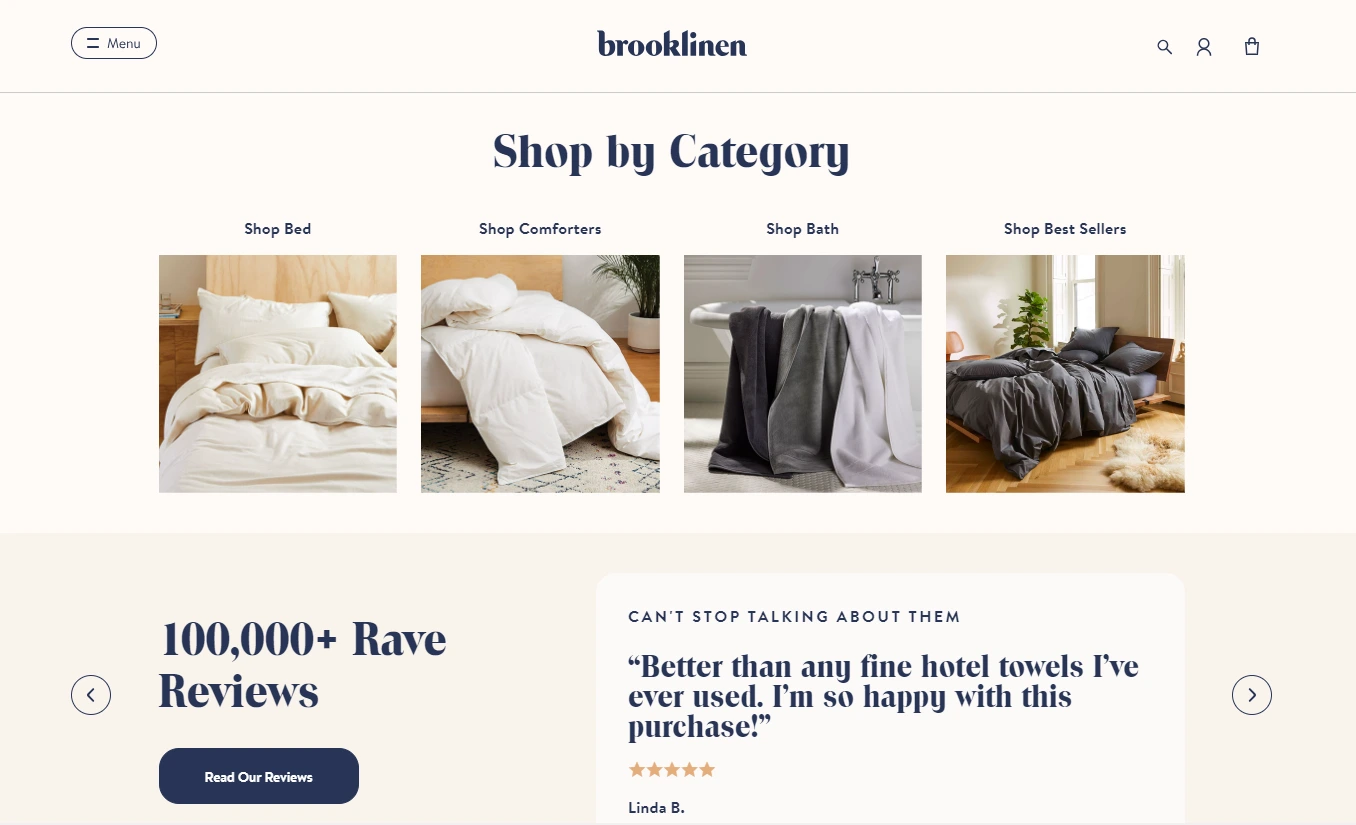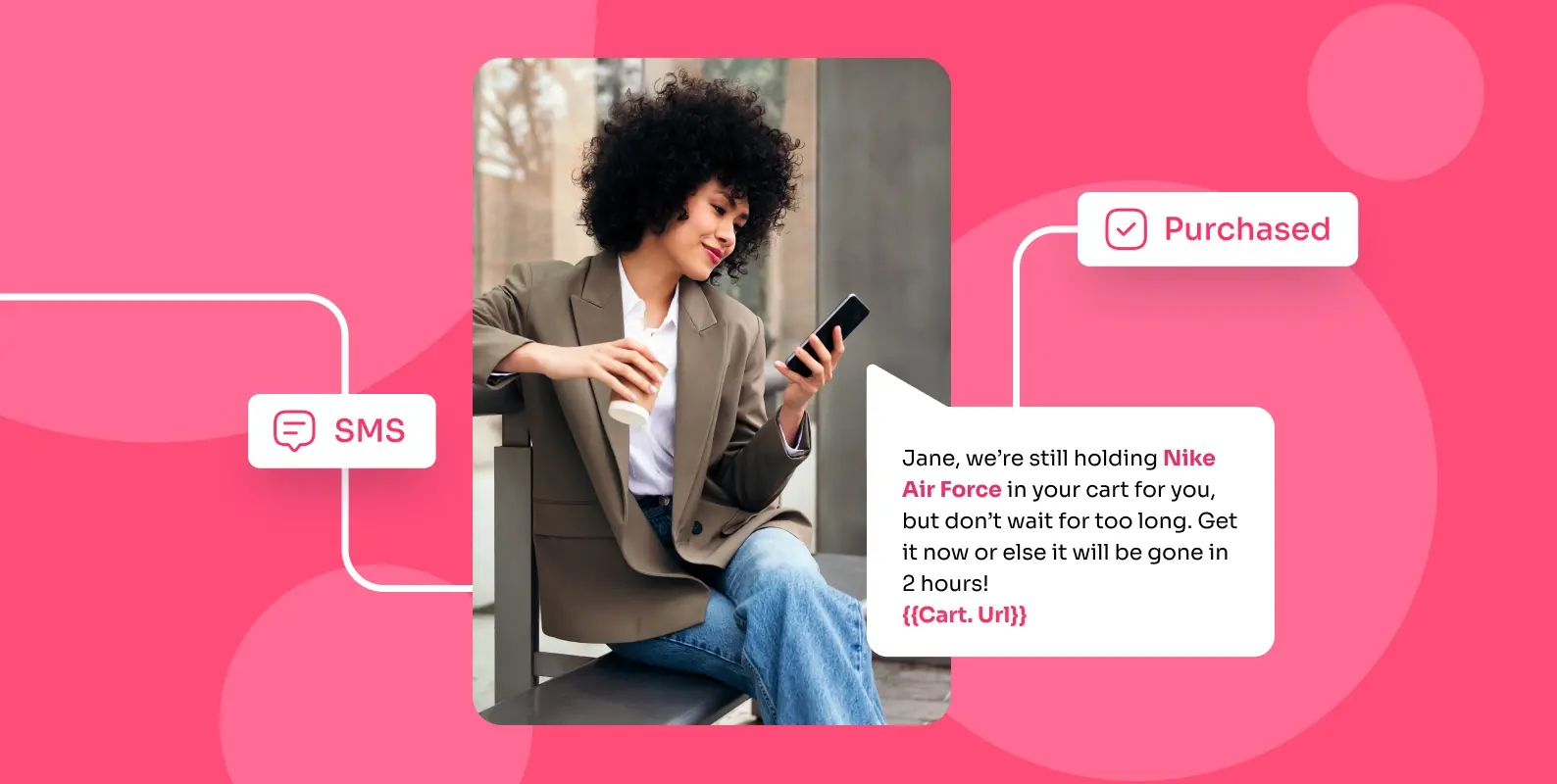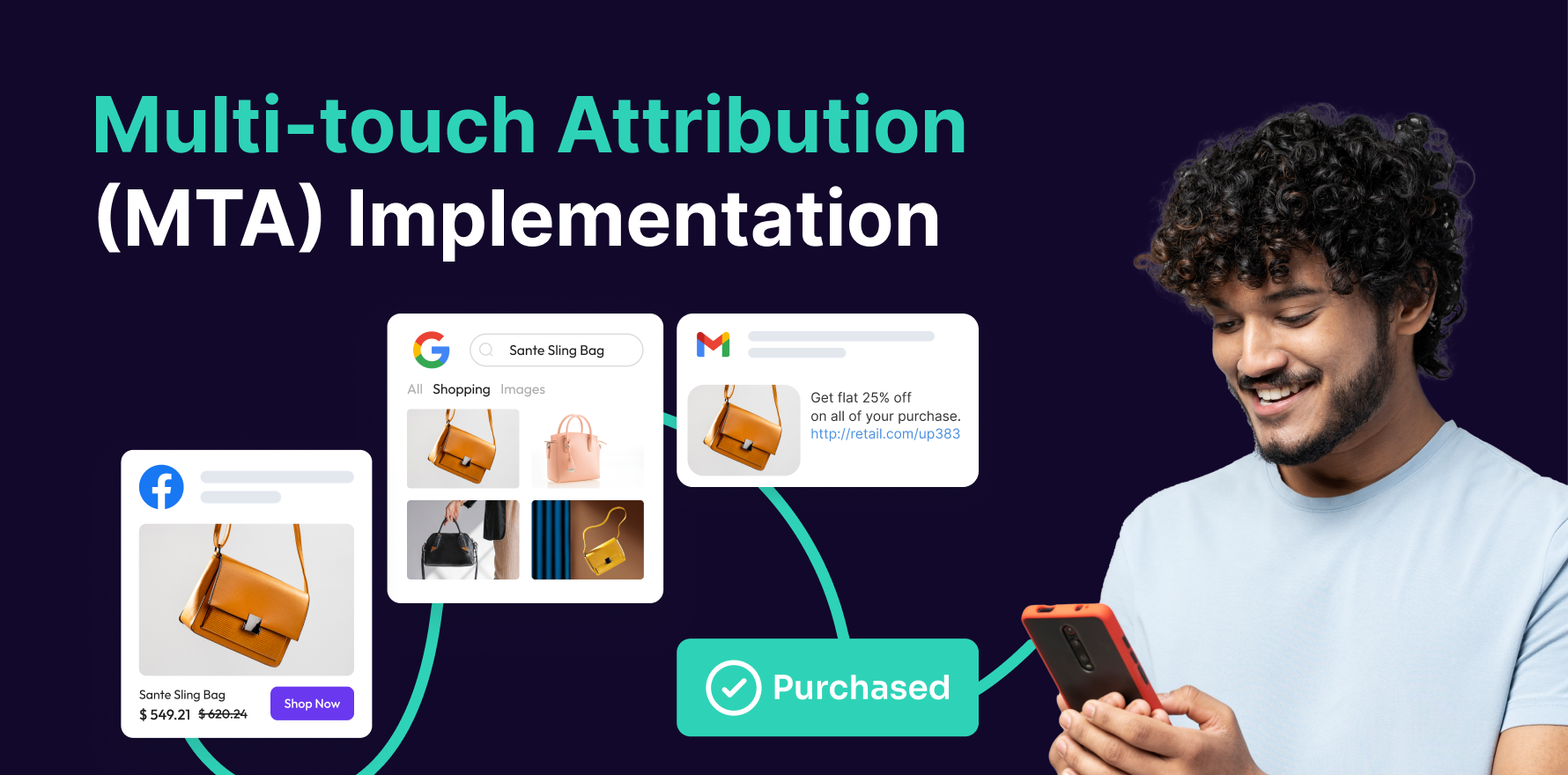In today’s increasingly mobile-centric world, SMS marketing presents a unique opportunity to reach customers directly and personally. With an astounding open rate of 98%, compared to email’s average of about 20% according to Mobile Marketing Watch, it’s no surprise that forward-thinking brands are harnessing the power of text messages.
Yet, as David Newman, renowned marketing speaker and author, once said,
“SMS is the most effective yet least understood marketing medium.”
So, how do we change this and unlock the potential of SMS marketing for your ecommerce business? The answer lies in a strategic approach. A well-thought-out strategy can significantly maximize your SMS marketing return on investment (ROI). This blog post will guide you on the journey to mastering the art of SMS marketing, from understanding its potential to exploring practical strategies and learning from real-world successes in the ecommerce industry.
Embrace the world of SMS marketing, and join us as we unravel the strategies that could skyrocket your ecommerce success. Let’s begin!
Challenges in Measuring SMS Marketing ROI
While measuring the return on investment (ROI) for SMS marketing is crucial for understanding its effectiveness, it does come with its own set of challenges. Let’s delve into some of them:
Attribution: This can be one of the trickiest aspects of measuring SMS marketing ROI. Unlike some other digital marketing channels, it can be challenging to track a customer’s journey from receiving an SMS to making a purchase. This difficulty arises from the fact that customers often don’t make purchases directly from the SMS, but instead, may visit your website separately or visit a physical store if you have one.
Lack of Analytics Tools: While there are tools available for analyzing the performance of channels like email marketing or social media, comprehensive, easy-to-use analytics tools for SMS marketing are not as widely available or developed. This lack of robust tools can make gathering and analyzing data more difficult.
Cost Tracking: Depending on the structure of your SMS campaigns, accurately tracking costs can be challenging. This is especially true if you’re running different types of SMS messages, each with varying costs. The cost of sending the messages, coupled with any additional content or offer costs, needs to be factored into your ROI calculation.
Time Factor: It’s important to measure ROI over an appropriate time period. A customer might receive a text message, but not act on it immediately. Deciding on the length of time you should wait before determining the effectiveness of an SMS can be challenging and may vary depending on the nature of your business and the specific campaign.
Defining Success: Defining what success looks like for your SMS marketing campaign can be tricky. Are you aiming for purchases, website visits, or increased brand engagement? Each will require different metrics to measure success and calculate ROI.
Strategies for Maximizing SMS Marketing ROI
1) Segment Your Audience: Not all your customers are the same. Segment your audience based on factors like purchase history, demographic data, and ,browsing behavior. This will allow you to send highly targeted messages that resonate with your customers, thereby increasing engagement and conversions.
2) Personalize Your Messages: Personalization is key to enhancing customer experience. Including the recipient’s name or mentioning past interactions can make your messages feel more personal and relevant, thereby improving your ROI.
3) Craft a Clear Call to Action (CTA): Your messages should always include a clear and compelling call to action. Whether it’s visiting your website, taking advantage of a special offer, or providing feedback, your CTA should guide the recipient toward the next step.
4) Optimize Timing: Timing is crucial in SMS marketing. Ensure you send messages when your customers are most likely to read and respond to them. This may require some testing to identify the optimal time.
5) Use A/B Testing: Regularly test different aspects of your SMS marketing campaigns, such as message content, CTA, and timing. The insights gained from A/B testing can help you optimize future campaigns and improve ROI.
6) Comply with Regulations: Non-compliance with telecommunication and privacy regulations can lead to penalties and harm your brand’s reputation. Always get consent from customers before sending SMS messages and provide an easy opt-out method.
7) Measure and Analyze: Regularly monitor and analyze your campaign results. Metrics like delivery rate, open rate, conversion rate, and customer feedback can provide valuable insights into the effectiveness of your SMS marketing efforts and areas for improvement.
8) Integrate SMS with Other Channels: SMS marketing shouldn’t exist in a vacuum. Integrate it with your other marketing channels like email, social media, and your website for a cohesive and effective multichannel marketing strategy. This integration can help reinforce your marketing messages and improve overall campaign effectiveness, thereby enhancing ROI.
Now let’s examine a few real-world examples of ecommerce businesses that have successfully maximized their ROI through SMS marketing.
Top SMS Marketing Campaigns Examples
Brooklinen

Brooklinen, a luxury bed sheet retailer, executed a successful SMS campaign for Black Friday in 2020. They used personalized, segmented messages to drive sales and conversions. By creating a sense of urgency and exclusivity with their messages, Brooklinen saw a 60x return on their text marketing spend, demonstrating the potential for high ROI with a well-planned campaign.
Beauty Bay

Beauty Bay, an online cosmetics retailer, has effectively used SMS marketing to notify its customers about restocks of high-demand items. By creating a dedicated waitlist and sending instant SMS notifications when the product was available, Beauty Bay saw an impressive conversion rate with customers purchasing the restocked item within 15 minutes of receiving the text.
Pura Vida Bracelets

Pura Vida Bracelets utilized SMS marketing to reduce cart abandonment. Customers who left items in their online shopping cart received a text message reminder, resulting in a 25% recovery rate of lost sales. This showcases the power of SMS marketing in addressing common ecommerce challenges.
Measuring and Improving SMS Marketing ROI
To truly understand the success of your SMS marketing efforts, it’s vital to monitor your return on investment (ROI). But how exactly do you do this, and more importantly, how can you optimize it? Well, let’s get into it.
Firstly, keep in mind that measuring your ROI isn’t a one-size-fits-all process. Depending on your specific goals, the metrics you’ll need to track can vary. However, some common ones to consider include open rates, click-through rates, conversion rates, and the overall sales generated from your SMS campaigns. These metrics give you a concrete measure of how well your SMS marketing is performing and the value it’s providing to your business.
Once you have a handle on these metrics, you can start working on optimizing them. Here’s where the fun starts – testing. A/B testing, to be more specific. Try different things in your SMS marketing campaigns. This could be varying the content of your messages, the timing of when you send them, or even the offers you’re promoting. Keep an eye on how these changes affect your key metrics, and use the insights to continually refine your strategy.
Importantly, don’t forget the power of personalization. Personalized messages can have a much higher engagement rate, leading to increased conversions and ultimately, a higher ROI. Use the data you have on your customers to send targeted, relevant messages that really resonate.
Finally, always remember that optimizing your SMS marketing ROI isn’t a one-time thing. It’s a continuous process. Be proactive in regularly reviewing and adjusting your strategy based on the data you collect. With a solid understanding of the metrics that matter and a commitment to ongoing optimization, you’ll be well on your way to maximizing your SMS marketing ROI
Final Thoughts
A strategic approach to SMS marketing can be the difference between fading into obscurity and standing out from the crowd. By understanding your target audience, crafting compelling messages, diligently tracking ROI, and continually refining your approach, you can unlock the full potential of this powerful marketing channel. The journey to maximizing your SMS marketing ROI is one of constant learning and adaptation, but with the insights and strategies we’ve explored in this post, you’re well-equipped to harness the power of SMS and propel your ecommerce business to new heights.
FAQs
1) How can I accurately measure the ROI of my SMS marketing campaigns?
Accurately measuring ROI for SMS marketing can be a challenge, but it’s possible with a structured approach. Start by clearly defining what success looks like for your campaign. Is it purchases, website visits, or increased brand engagement? Then, track the necessary metrics to calculate ROI. You’ll need data on the cost of your campaign and the revenue generated from it. Keep in mind the challenges such as attribution and lack of analytics tools, and seek out specialized SMS marketing platforms or other analytics solutions to help gather and analyze the necessary data. Remember, measuring ROI isn’t a one-time activity, but a continuous process that informs your ongoing strategy.
2) How do I calculate the ROI for my SMS marketing campaign?
The basic formula for calculating ROI is (Return – Investment) / Investment x 100%. In the context of SMS marketing, the ‘Return’ is the revenue generated from the campaign, and the ‘Investment’ is the total cost spent on the campaign. However, accurately measuring the ‘Return’ can be challenging due to attribution issues, so it may be necessary to use attribution models or specific tracking codes to link sales back to your SMS campaign.
3) What kind of messages can I send in my SMS marketing campaign?
There’s a variety of messages you can send, depending on your strategy and business goals. Common types include promotional messages (like special offers or discounts), informational messages (like order updates or appointment reminders), and engagement messages (like polls or contests). The key is to ensure your messages are relevant, valuable, and engaging for your customers.
You may also like
Essential resources for your success

























































